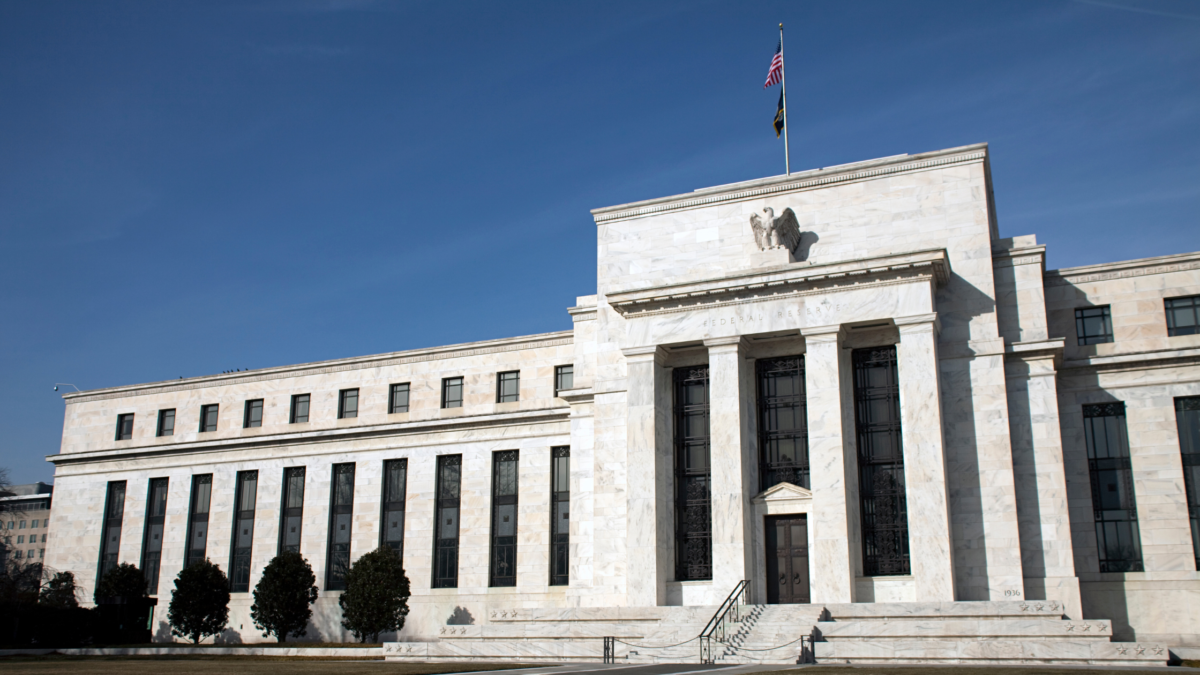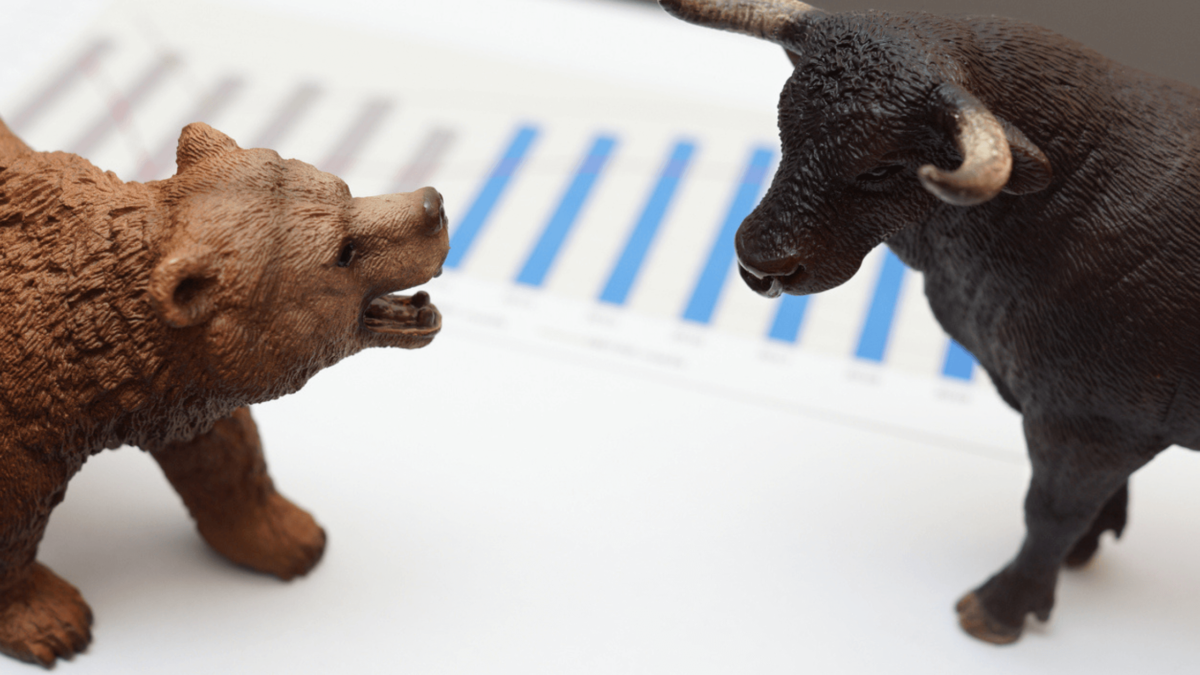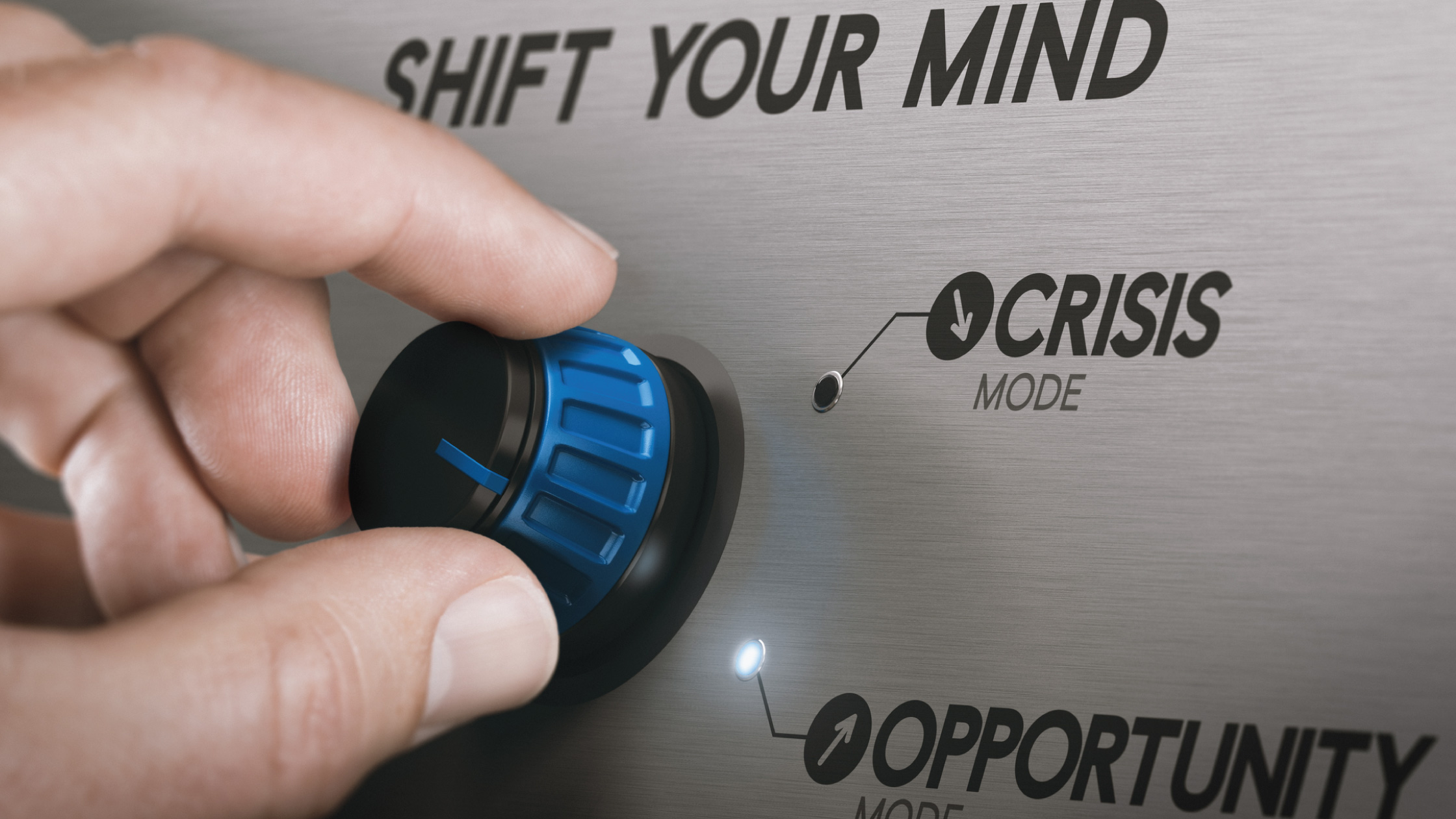No, This Isn’t a New Bull Market for Stocks
August 15, 2022

Technical rally continues
As I predicted back in July, the technical rally in US stocks continued last week. Stocks markets in the US advanced further on a technically-driven rally that I first wrote about in our 27 July edition of Big Money.
The media/market commentators’ narrative last week was that lower-than-expected inflation was the driver.
That may have contributed to the rally. But I had been expecting this rally since mid to late July on positioning.
In that previous Big Money column, I predicted that the US market was “at the start of a significant bear market rally”. At the time I wrote that it could be a “tradable rally”.
The positioning was “sufficiently bearish given the possibility of a near-term easing in inflationary pressures, for a significant bounce within a broader downtrend.”
I noted then that “US investment banks reported the highest level of short selling since 2008” and that “short covering could be a catalyst that then takes on a new narrative, supported by the near-term easing of upward pressure on inflation and rates.”
And that is what appears to be happening now.
US inflation eases in July on cheaper energy
It’s true that US inflation eased in July. However, that was mostly down to cheaper oil and gasoline prices.
US core price inflation (CPI) inflation coming down was quite obvious and widely expected, given the lower crude oil and US gasoline prices.
But the data did come out even lower than the expectations in the market. The all-items CPI rate came out at 8.5% year-on-year (yoy) for July, from 9.1% yoy for June.
The Bloomberg survey of economists’ median estimate was 8.7% and the Cleveland Fed’s “Inflation Nowcast” model had been predicting 8.8%.
All this means the S&P 500 Index could push towards 4,370 or 4,400. The S&P 500 gained 3.3% for the week.
If it does a 61.8% Fibonacci retracement of all the losses from the January high to the June low, it could take the index to around 4,370.
In the 1 August edition of Big Money I wrote that the S&P 500 Index could head as high as 4,400.
And looking at the renewed risk-on sentiment, when the index gets to 4,400, there will be cries of “new bull market”. But I doubt it will be sustainable.
Why the bear market is unlikely over
Keep in mind that 8.5% headline inflation is way too high for any sensible central banker to take as a signal to back off on policy tightening. This is still the highest since December 1981.
And significantly, core inflation was unchanged at 5.9% yoy for July. Food price inflation continued at roughly the same pace as the previous month – at 1.1% month-on-month (mom) for July compared to 1.0% mom for June.
So, a lot of the easing in the all-items CPI came down to energy prices, with gasoline down 7.7% mom for July, compared to an 11.2% mom rise for June.
And with supply and demand still very tight in the oil and gas market, even with Russian supply running at an estimated 97% of pre-Ukraine war levels, there is no room for complacency.
If the Fed eases the pace of rate hikes, the result could a multi-year disaster for the US economy and asset markets.
Here is one caveat to our call on the limited nature of the current US equities rally: The assumption here is the Fed is courageous enough to face down the most serious inflation challenge in almost 41 years.
If it eases up on the pace of its rate hikes, and terminates the rate hiking cycle at too low a rate, it could fuel a much more robust US equities rally.
But that would likely lead to a greater inflationary disaster with multi-year consequences for the US economy.
Look at market history for lessons
If we want to look back in time, we can learn from the cycles of higher inflation and rates between 1970 and 1980. That phenomenon was a result of the Fed easing rates when inflation turned down.
That appeared to be what happened in the period 1970-1980, when the Fed backed off on rates each time inflation turned down, only to have it return to make higher highs; from peaks of 6.1% in 1970, to 12.1% in 1974, to 14.6% in 1980.
And with that, the Fed rate swung in cycles, up and down and up again, each time making higher peaks – 9.2% in 1969 to 12.9% in 1974 to 17.6% in 1980 and then to over 19% in 1981 (see below).

Source: CGS-CIMB Research, Federal Reserve Bank of St Louis
The Fed’s choice isn’t a pleasant one; take the full course of the bitter medicine now or defer it, causing a return of the “ailment” in 2023 and 2024.
If the Fed backs off on rates now, the risk asset market rally would result in easier financial conditions. That will be inflationary.
And it would come amid some of the tightest job market conditions ever seen in the US.
We have little doubt that if the Fed does that, the result would be greater economic and asset market disasters in 2023 and 2024.
Say Boon Lim
Say Boon Lim is CGS-CIMB's Melbourne-based Chief Investment Strategist. Over his 40-year career, he has worked in financial media, and banking and finance. Among other things, he has served as Chief Investment Officer for DBS Bank and Chief Investment Strategist for Standard Chartered Bank.
Say Boon has two passions - markets and martial arts. He has trained in Wing Chun Kung Fu and holds black belts in Shitoryu Karate and Shukokai Karate. Oh, and he loves a beer!







